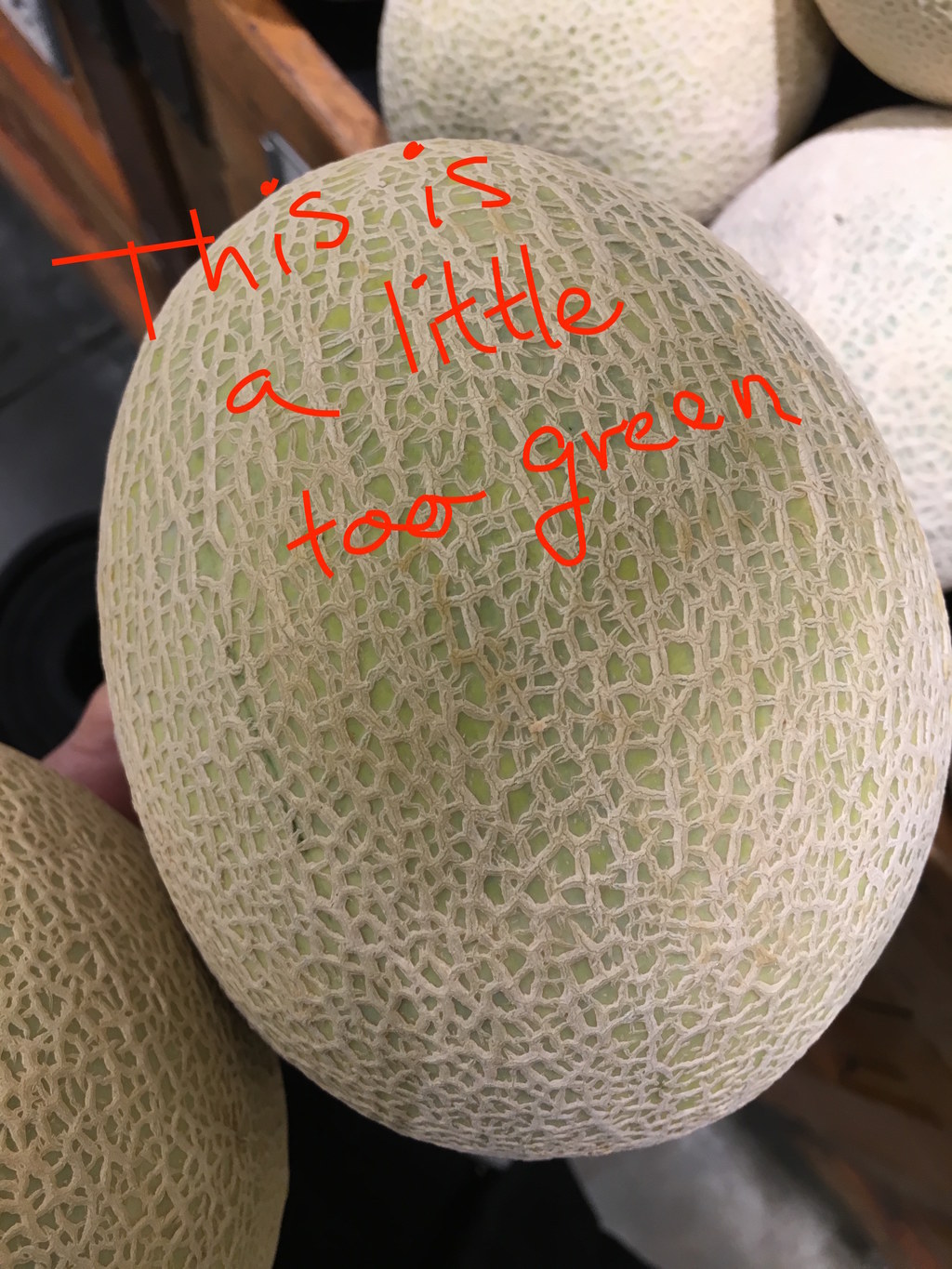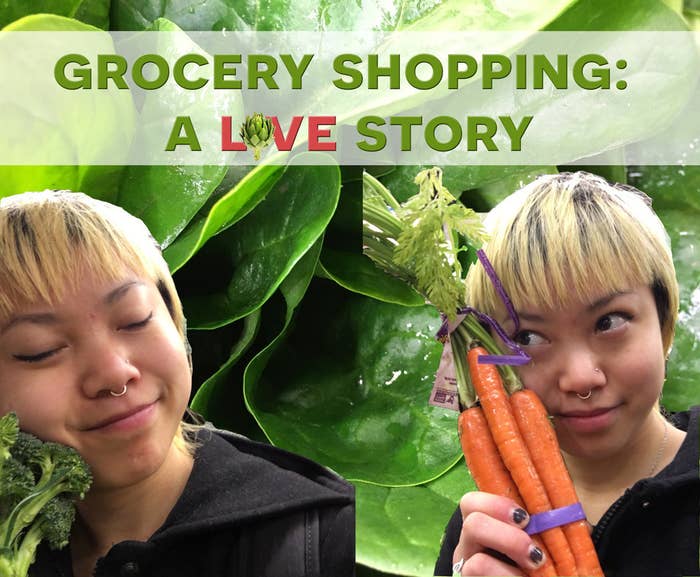
1. It's usually better to opt for smaller fruits and vegetables, because they tend to be sweeter or more savory.
Just look at the size of this eggplant:
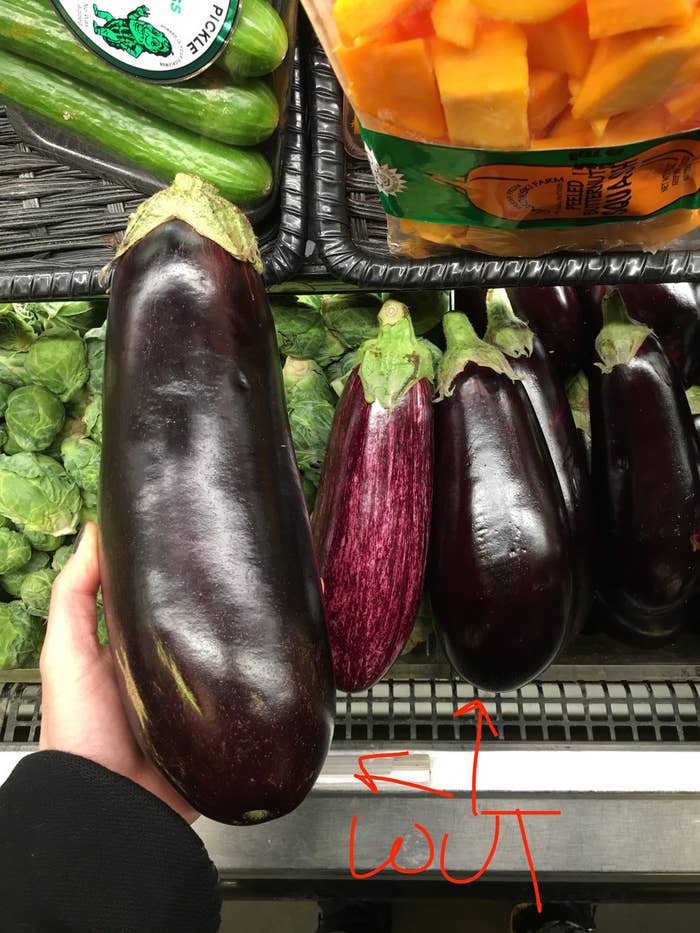
Big isn't bad, but don't reject the smaller ones just because of their size.
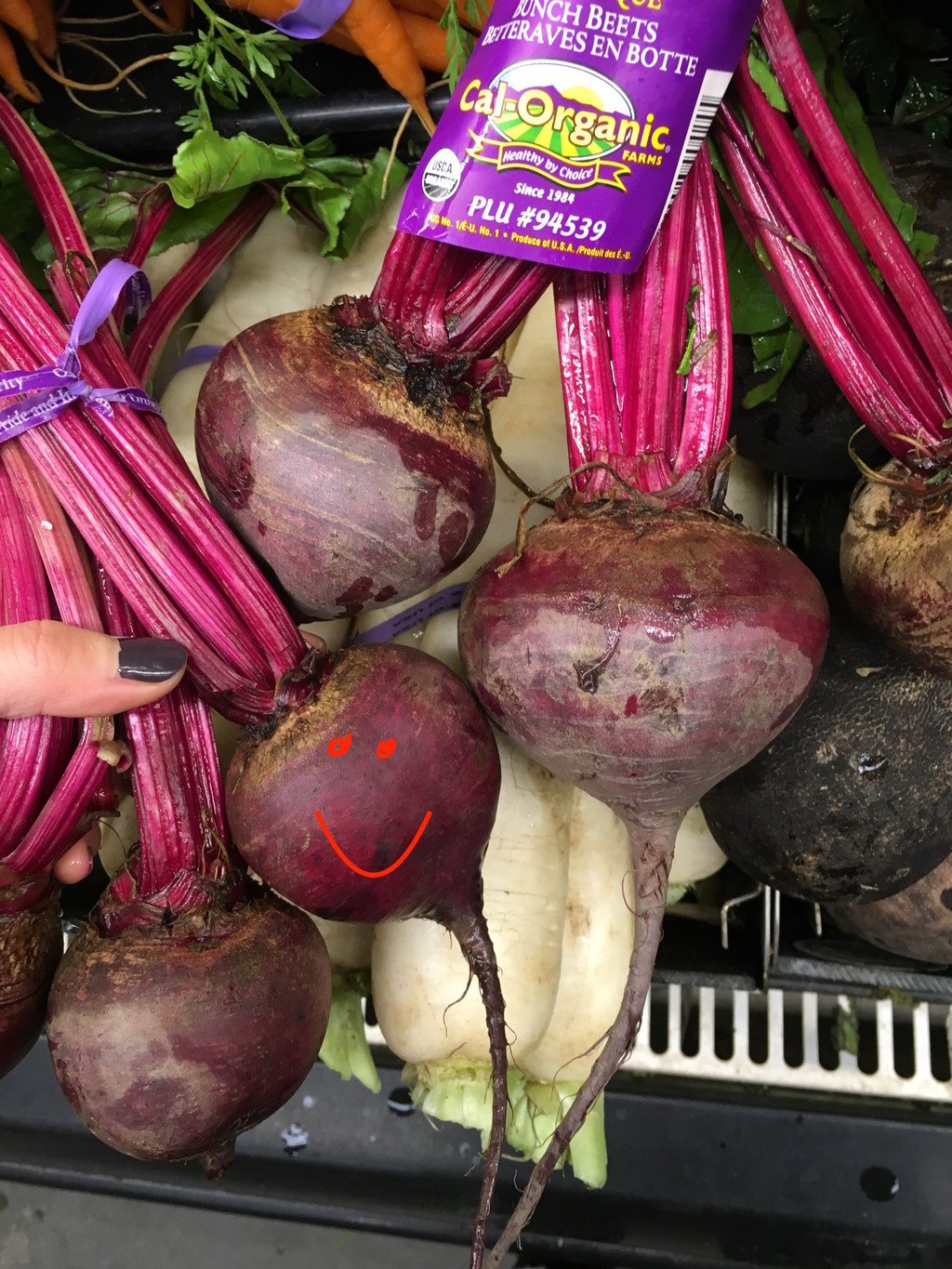
2. For fruits, don't base your decision on how perfect they might look. Instead, pick them by their weight: Heavier fruits will be juicier.
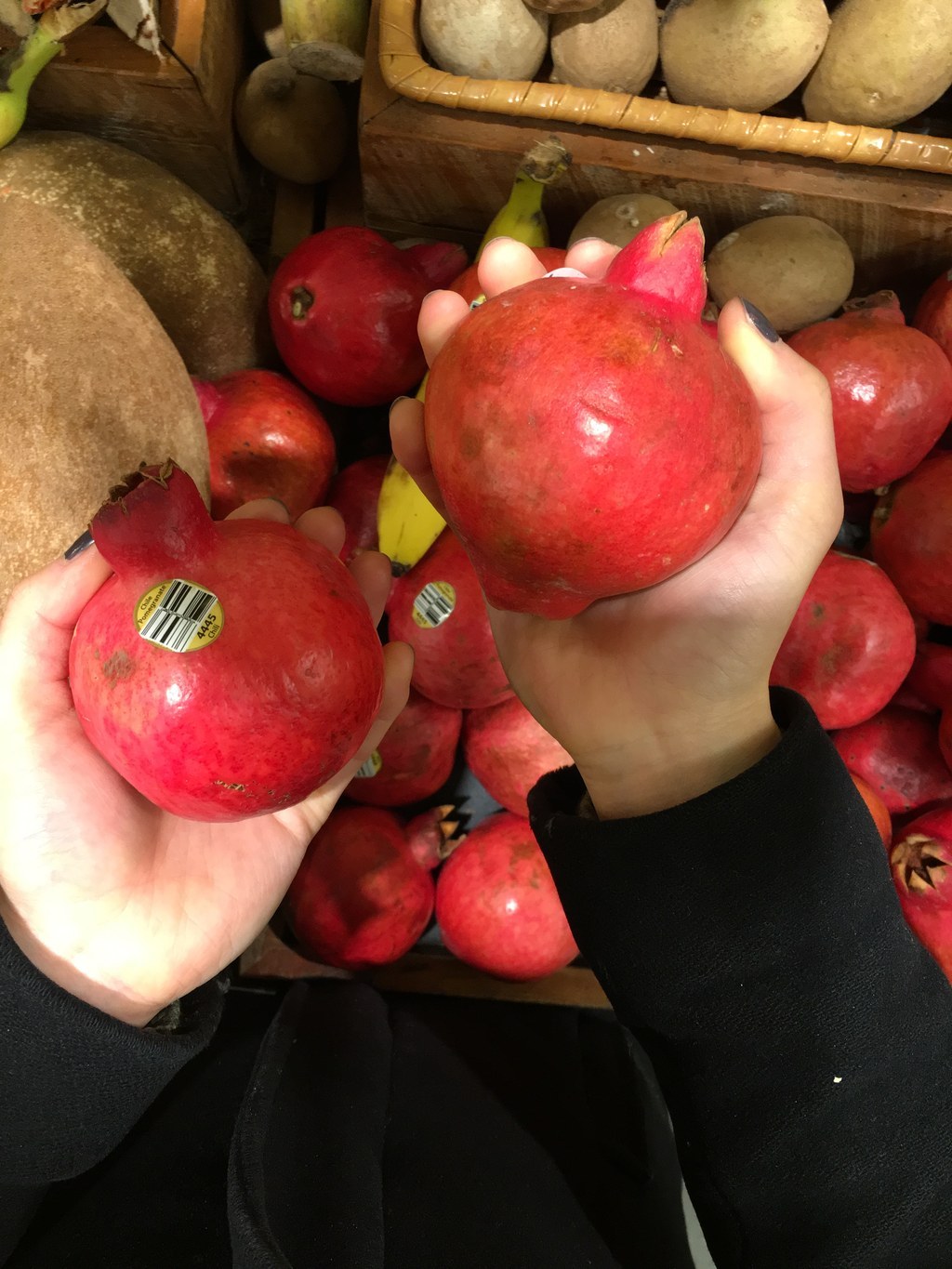
3. Sometimes, color won't mean anything at all (like these mangoes).
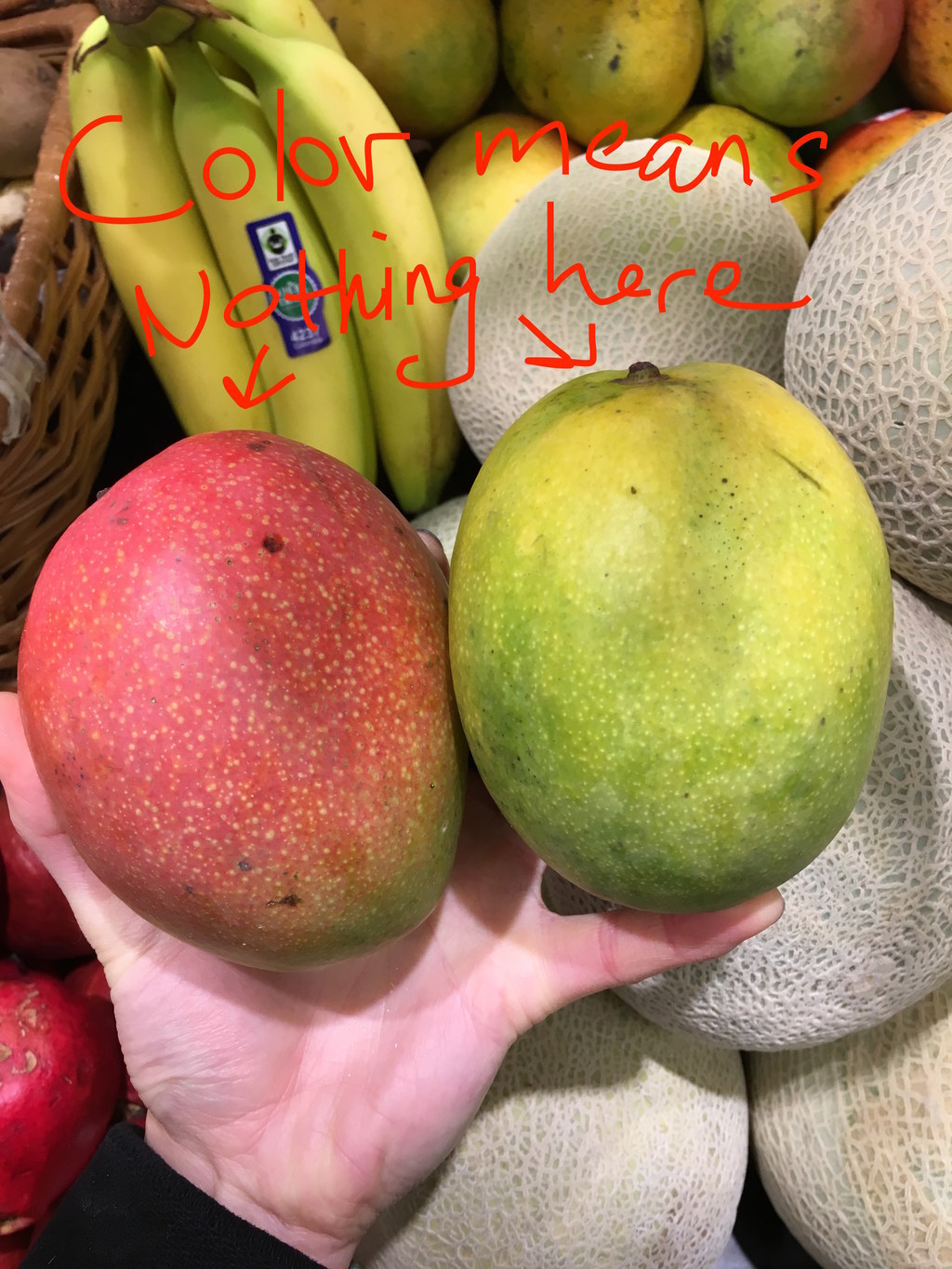
4. For certain fruits, color is a better indication of ripeness.
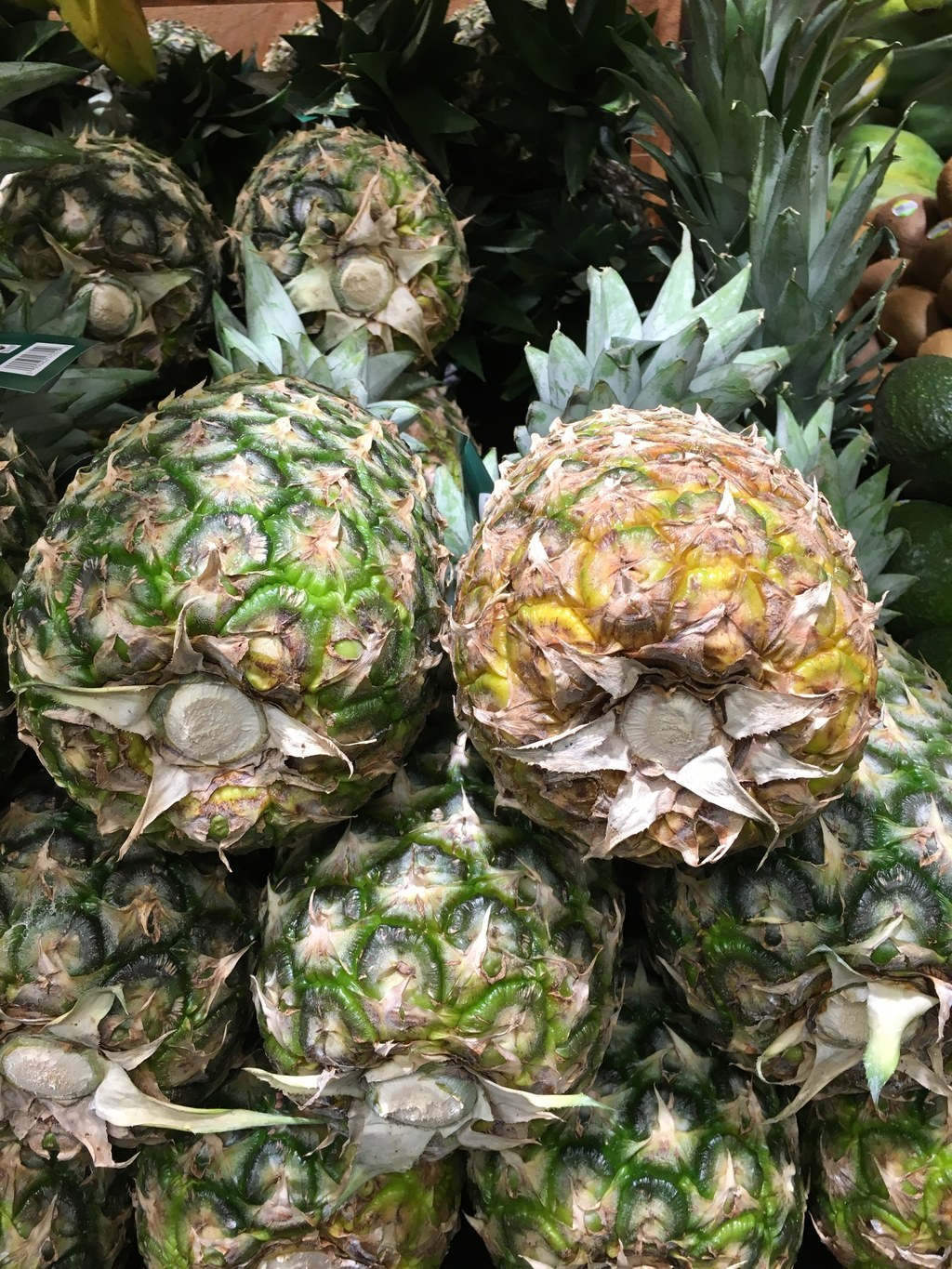
5. Don't hesitate to SMELL your fruits. This goes for pineapples, cantaloupe, honeydew, mangoes, and other tropical fruits.
6. Buy onions that are firm (so very tossable), and have little to no scent.
7. Just like mangoes, color is insignificant when picking snow peas and snap peas. Don't mind the white spots.

8. But for broccoli, you want darker heads that are tightly compacted.

9. Same with broccolini: You want darker heads, but those with flowers mean they're mature and should be eaten soon.
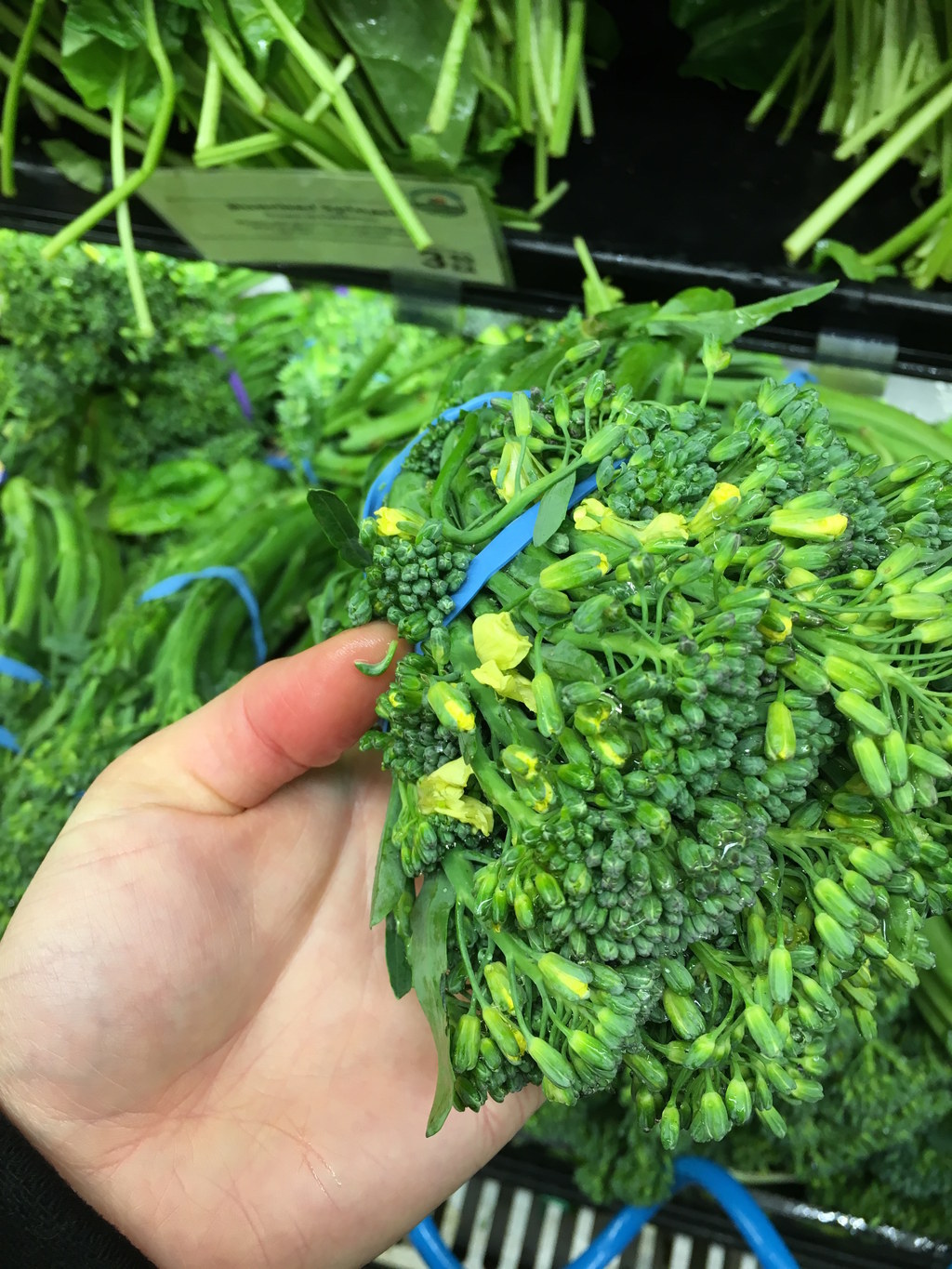
10. For leafy vegetables with thick stalks, pay attention to both the stalks and the leaves.
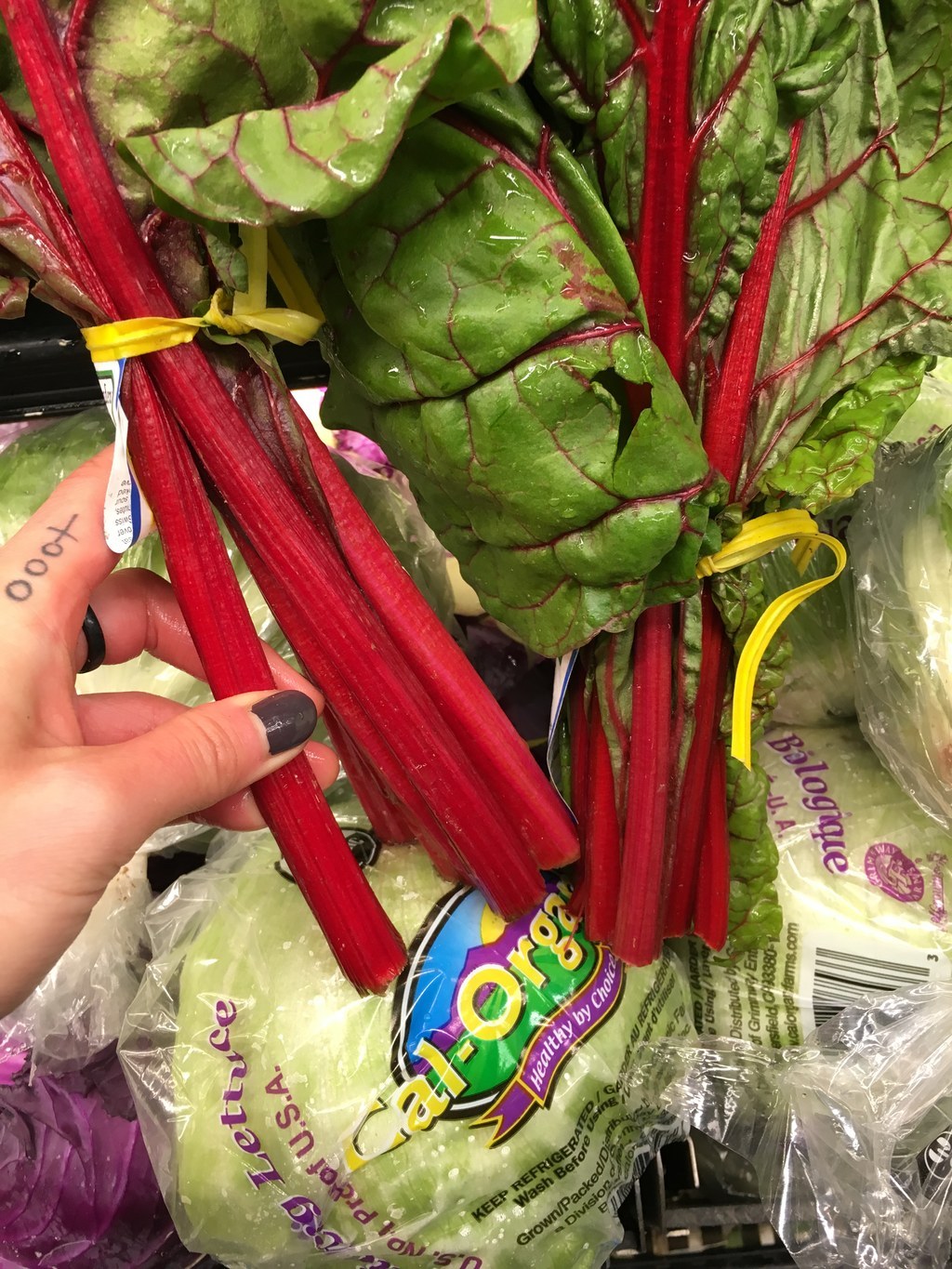
11. It's better to get root vegetables (beets and carrots) with the tops still attached because they're fresher and sweeter.
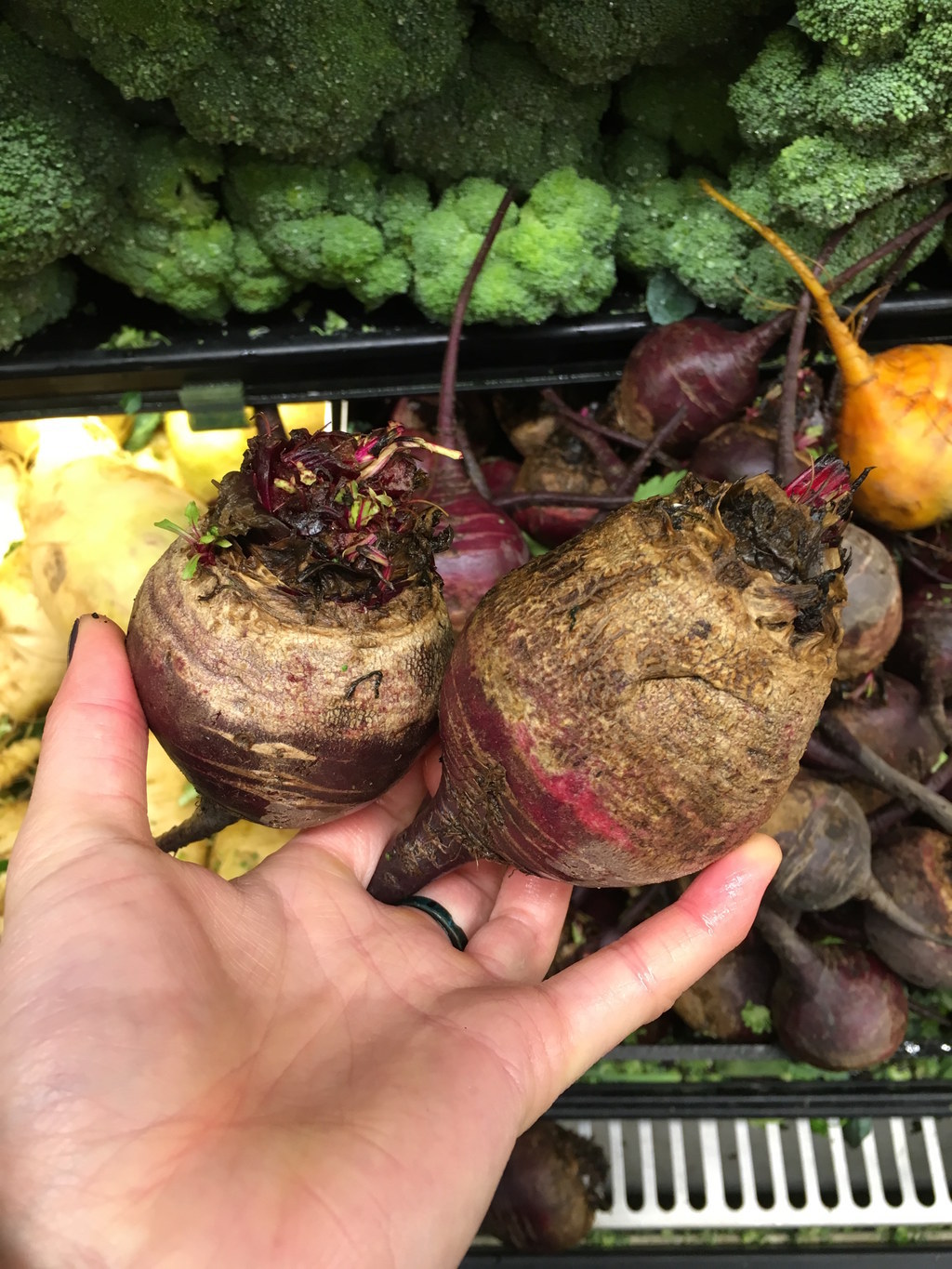
12. SOMETIMES, you need to ~feel~ your fruits and veggies. Like, get in there and give them a light squeeze.
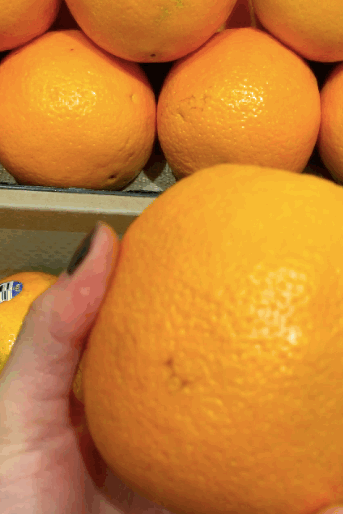
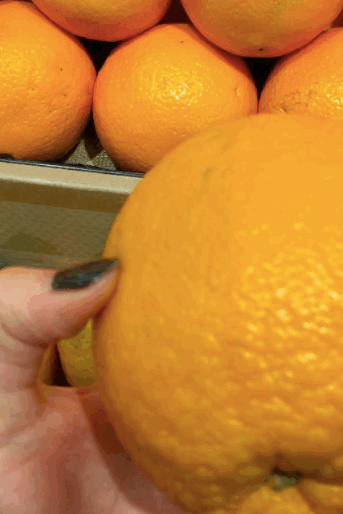
Oranges should feel heavy for their size and give a little when you apply some pressure on them. When they're rigid, dry, and light, they might not be as juicy.
Also, don't jettison the greener-looking ones. Sometimes, perfectly good oranges left on the tree experience "re-greening," affecting their appearance but not the flavor. Instead, choose one that's heavier for its size.
Note: Boobs are great for comparing weight and general squishiness.
13. This goes for avocadoes as well:
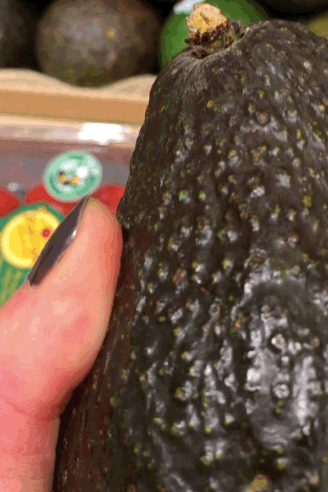

Being able to gently squish them also means that they're ripe. Another way to tell if they're ready to eat is to discard the stem. There's a 99% chance you're going to get them after doing the first test, so you might as well double check. If it gives easily and it's light green underneath, then it's ready.
14. Artichokes are the most entertaining because the good ones SQUEAK.
15. Fresh new potatoes should be pretty easy to peel:
16. It's not the end of the world, but try not to buy potatoes that have sprouted.
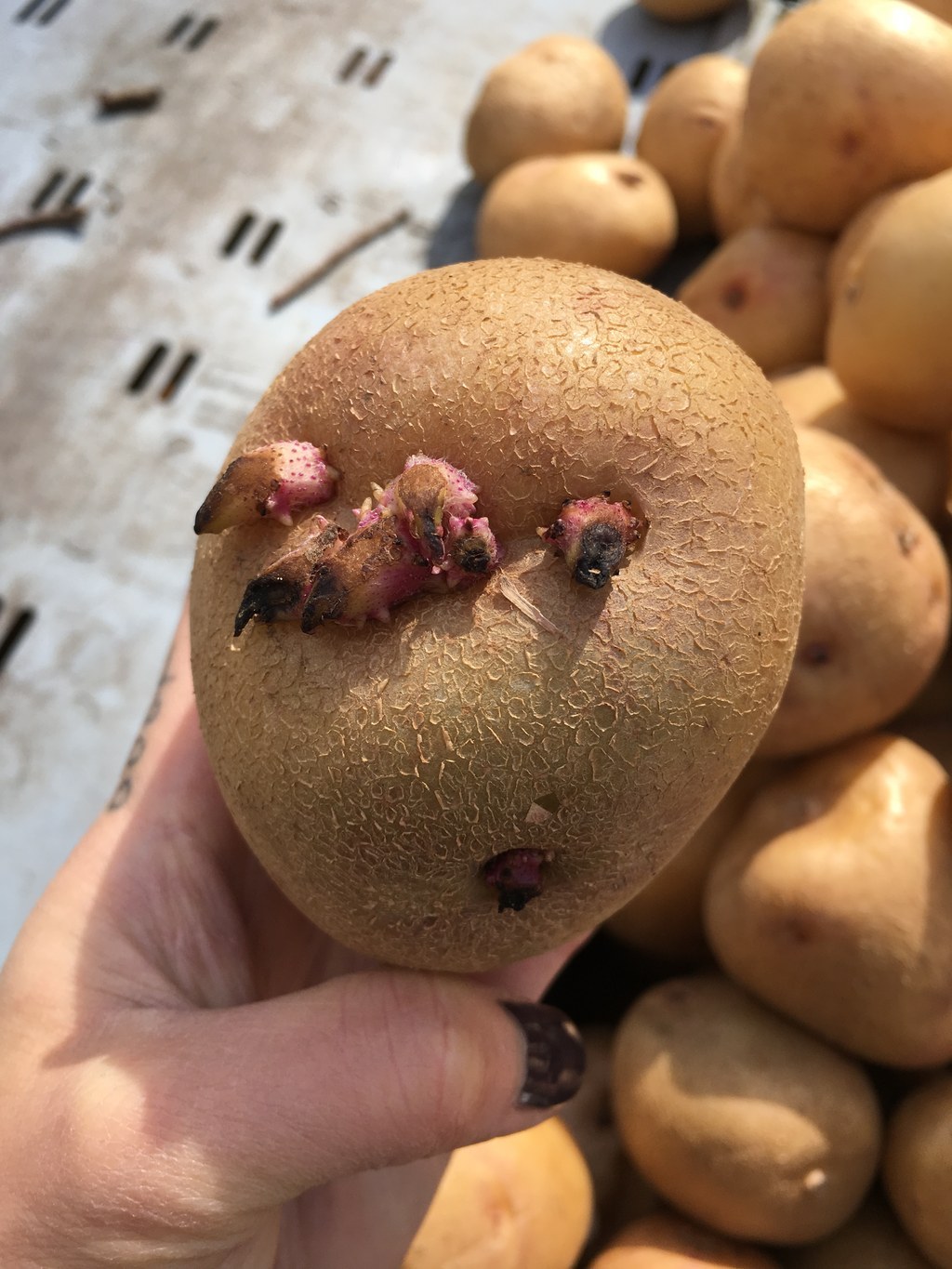
17. I don't buy coconuts that often, but because you get to shake them, I will be buying so many more of them.
18. For a ripe, sweet, and delicious watermelon, check to see if it has a yellow color spot:
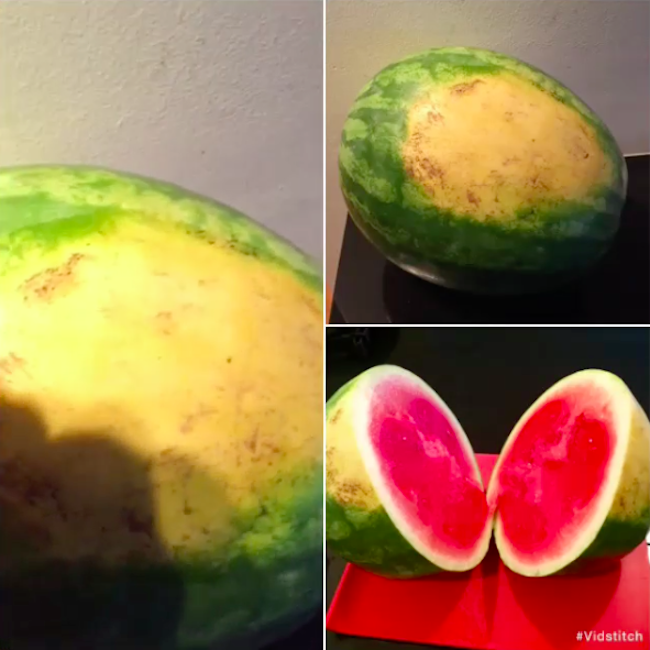
19. For a ripe cantaloupe, pick one tinted gold underneath the netting.
